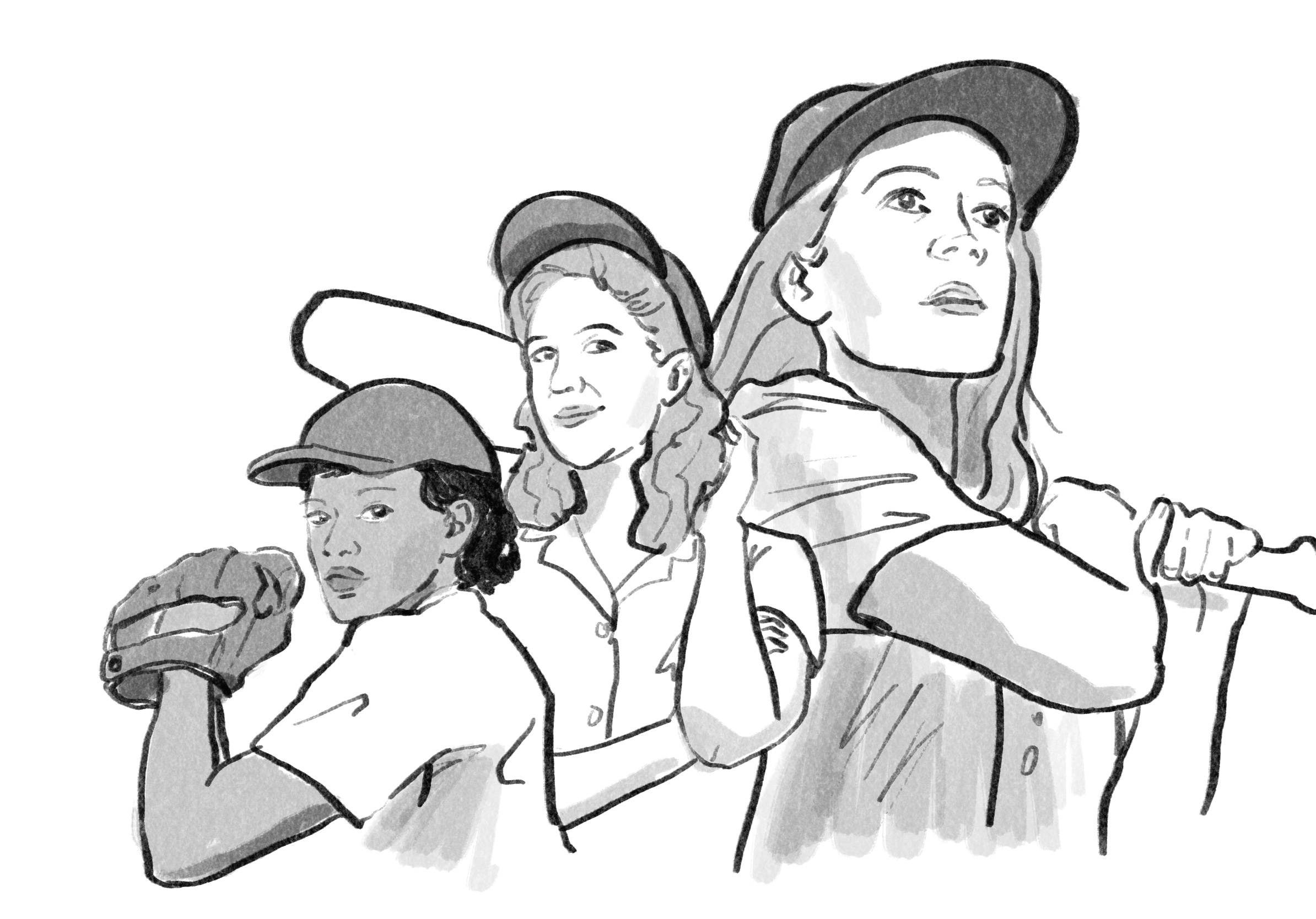A new League of Their Own: When reboots work
September 23, 2022
 Kyra Tan
Kyra TanI am usually not a fan of remakes or reboots. The saying goes “if it ain’t broke don’t fix it,” but this idea currently seems to be lost on every Hollywood producer as they cash in on our collective nostalgia for the movies of our childhoods. Nothing is broken, but they sure are making it worse. This is why I was skeptical when Amazon Prime released the trailer for a new “A League of Their Own” series.
With Abbi Jacobson as a co-producer, I hoped the show would be in good hands because she co-wrote and co-starred in “Broad City” on Comedy Central, which I’ve loved and watched since I was way too young to understand it. But one person does not make a TV show. Luckily, I was not disappointed. While the 1992 film focused on the lives of sisters Dottie and Kit in the All-American Girls Professional Baseball League (AAGPBL), the Prime series finds new stories to tell. As Chanté Adams (who plays Max in the series) stated in an interview for Yahoo News, “We’re expanding into a whole different world of characters and stories, while also just being more inclusive with our story.”
The series succeeds not just in its inclusivity, but in the way the lives of these characters are portrayed. Period pieces that milk depictions of trauma and desolation for viewership are nothing new, but “A League of Their Own” finds a much more nuanced storyline in Max, a Black woman who wants to play baseball in 1940s Chicago. This is not to say that the series shies away from the realities of segregation or sexism. Max is shunned from the AAGPBL for being Black, laughed at by her workplace baseball team for being a woman and knows that she will be rejected by her community for being a lesbian. The difference is that we are shown so much more than just her pain. From her relationship with her best friend Clance to her reconnection with her gender non-conforming aunt, we are shown through Max a Black community beyond the context of whiteness and segregation. Yes, she is a Black woman facing hardship, but she is also just a person trying to live her life.
On top of exploring themes of racism and sexism in WWII era America, the show also expands on another facet of the real life AAGPBL: queerness. Nearly every character in the main cast is a lesbian, something that Penny Marshall would not have been able to depict in her 1992 film even if she had wanted to (regardless, the film is a classic amongst queer women). As anyone familiar with the lesbian period drama genre can tell you, these types of stories almost always end tragically. “A League of Their Own” differs drastically from the usual portrayals of queerness in the past and is not afraid to let its characters be explicitly gay and unapologetic about their identities. No one character acts as a token for an entire community, so we get to see the various struggles that each character faces. While a femme presenting white woman such as Carson can live her life relatively unimpeded (until she can’t), Max must think about her family and her place in a religious Black community.
Over the summer, before hearing about the reboot, I watched the original movie with my mom. After a scene in which a Black woman picks up a stray ball from the edge of the field and throws it an incredulous distance, I asked her if that was the movie’s entire nod to racism. Instead of answering me, she just laughed. When the movie ended I told her that despite the lack of gay characters, it was an incredibly gay movie. She laughed again and I remembered that it was a movie set in the 40s and made in the 90s. It had already tackled sexism—it couldn’t tackle racism and homophobia too. That may have been true back then, but it’s also why the new “A League of Their Own” series works as a reboot: the setting and title may be the same, but the story could not be more different. The stories told in this series are so much more inclusive than they were able to be 30 years ago, and that means a lot to me. I don’t like to praise shows for doing the bare minimum, but it’s not really the bare minimum if it hasn’t been done before. In a time where we constantly celebrate how much progress we have made, I think we tend to forget that inclusive representation is the exception, not the rule. “A League of Their Own” may not be perfect, but for people who rarely see themselves represented in the media, it is quite literally exceptional.

Comments
Before submitting a comment, please review our comment policy. Some key points from the policy: